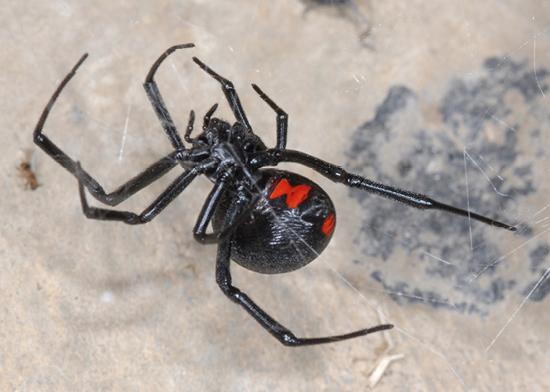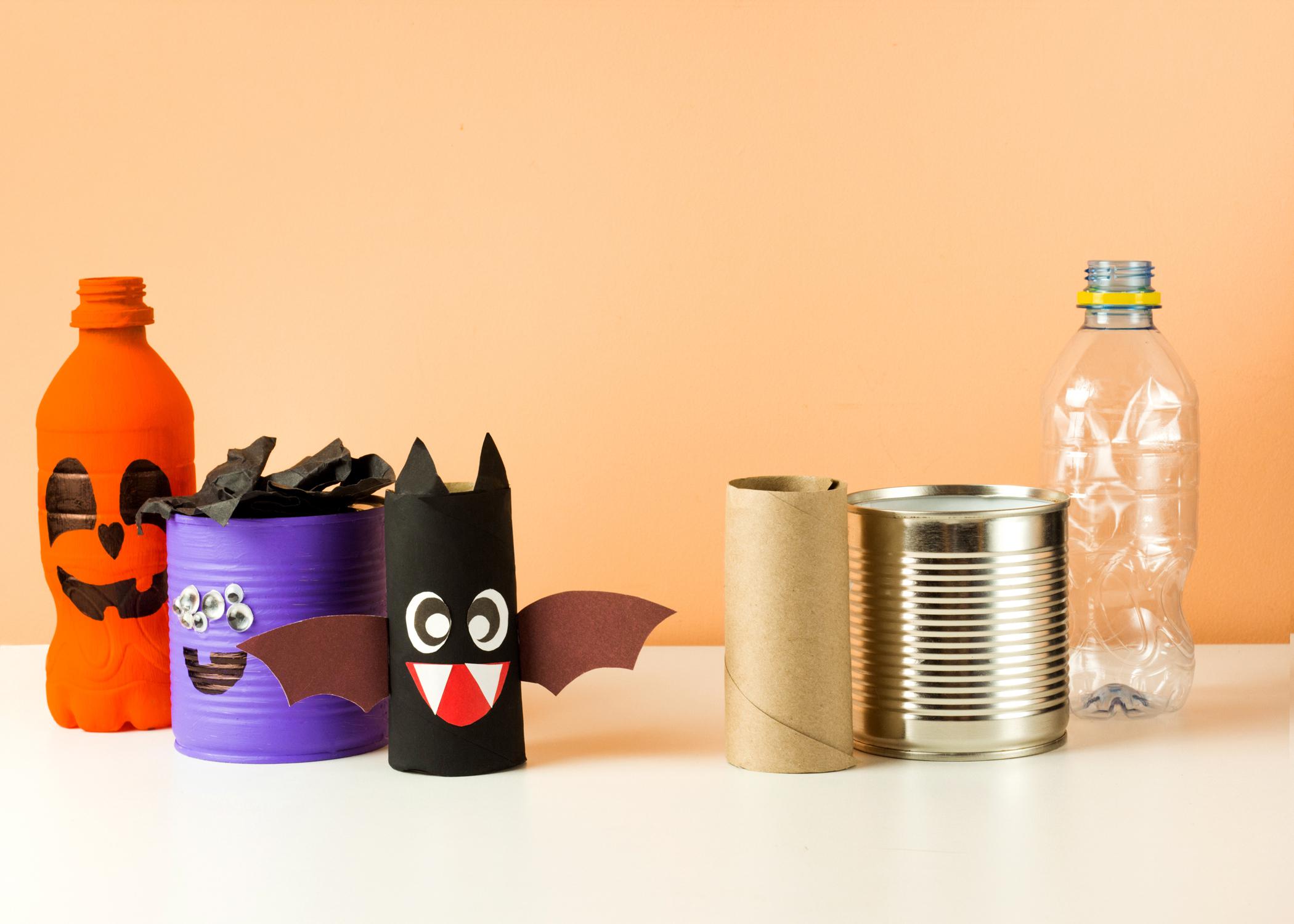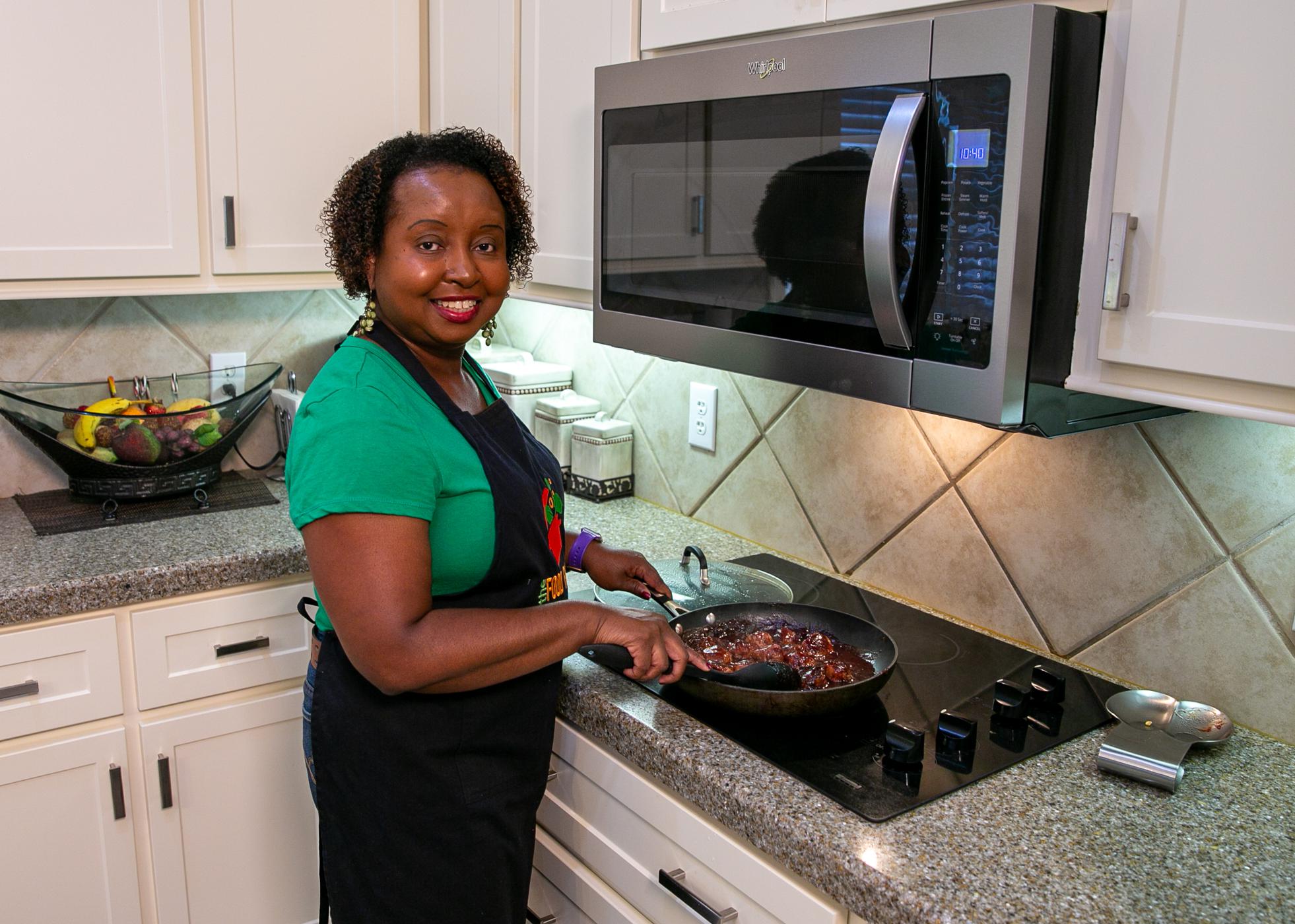Home Canning: Where Do I Start?
Video by Michaela Parker
Are you planning to can some of your fruit and vegetable harvest this year, but don’t know where to start?
Canning is a precise process that must be done correctly to have a safe, edible product. Proper preparation ahead of time will make the entire process much easier.
Step 1
Decide what you want to can and make sure you have research-based recipes. Extension recommends using recipes tested by the National Center for Home Food Preservation to reduce microorganisms that can cause foodborne illnesses. Housed at the University of Georgia, the center uses the research-backed data supported by and gathered from USDA testing.
Step 2
Gather the needed equipment:
- boiling-water canner
- pressure canner
- canning thermometer
- approved, threaded, home-canning jars with two-piece lids
- canning lids and rings
- canning utensils
- jar lifter for removing hot jars from a canner
- big-mouth funnel to help pack foods into jars
- headspace gauge to ensure the proper distance between the surface of food and underside of the jar lid
- clean cloth or paper towels to wipe the rims of jars before putting lids on
- narrow spatula for removing air bubbles from jars
- magnetic lid wand to help remove metal lids from hot water
Step 3
Inspect all equipment to ensure it is safe to use. Canned items must reach the correct pressure and temperature to properly seal and kill harmful bacteria that could cause food spoilage or foodborne illness.
- Inspect the canner:
- Check the gasket for cracks. Replace if cracks are present.
- Ensure that petcocks, vents, and safety valves are not clogged.
- Have dial gauge canners tested to make sure they are accurate. Check with the local Extension office for testing availability.
- Check jars on hand for cracks, and note the sizes available to ensure there are enough.
- Buy new lids. Never reuse canning lids.
- Check ring bands for dents and rust. Replace if either or both are present.
- Check the jar lifter, bubble freer and headspace gauge to ensure they are in proper working order.
- Ensure there are enough pots and pans for blanching.
- Check other needed equipment, including knives, vegetable peelers and long-handled spoons.
Which canner do I use?
Boiling-water canners are used to process jams, jellies, preserves and high-acid foods, such as tomatoes and some fruits.
Pressure canners are used when processing low-acid foods such as vegetables, meats, and seafood.
Can I use my multicooker to can?
No. Extension does not recommend the use of electric pressure cookers, also called multicookers, in home canning. This includes cookers that come with recipes and a canning and preserving function on their digital controls. Why? Food canned in these appliances could cause foodborne illness, or the food could spoil. The National Center for Home Food Preservation developed their recipes for stovetop pressure canners.
Check out our feature story on this subject.
Extension Publication 1152, “The Complete Guide to Home Canning,” provides more detailed information about equipment, supplies, and preservation techniques.
For more complete information about canning processes, preserving food, and research-based recipes, visit the National Center for Home Food Preservation web site.
Subscribe to Extension for Real Life
Fill in the information below to receive a weekly update of our blog posts.









